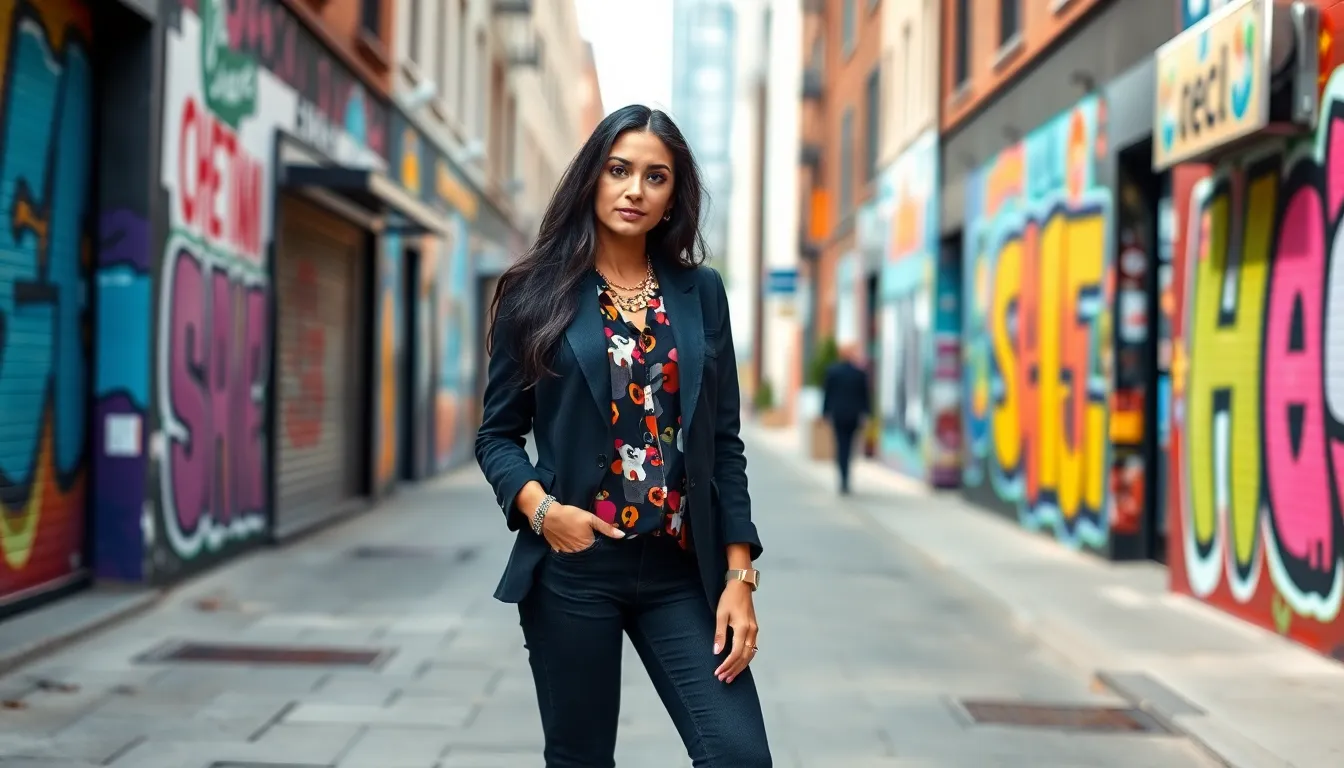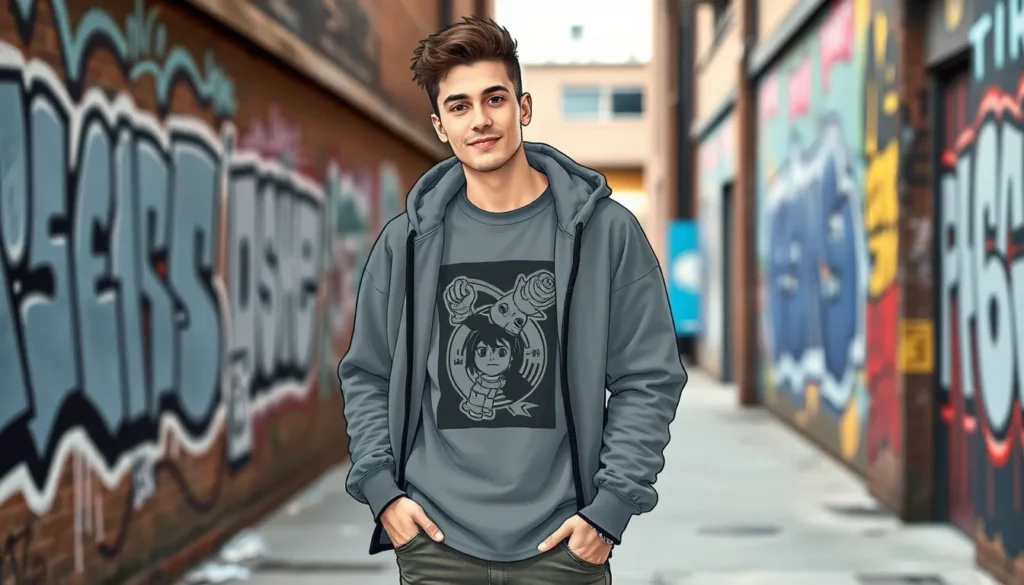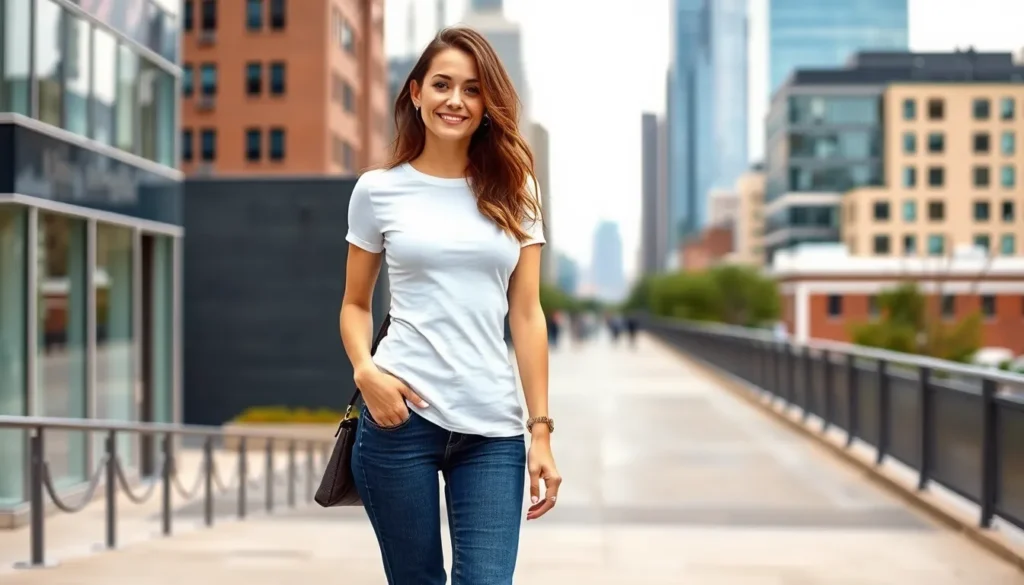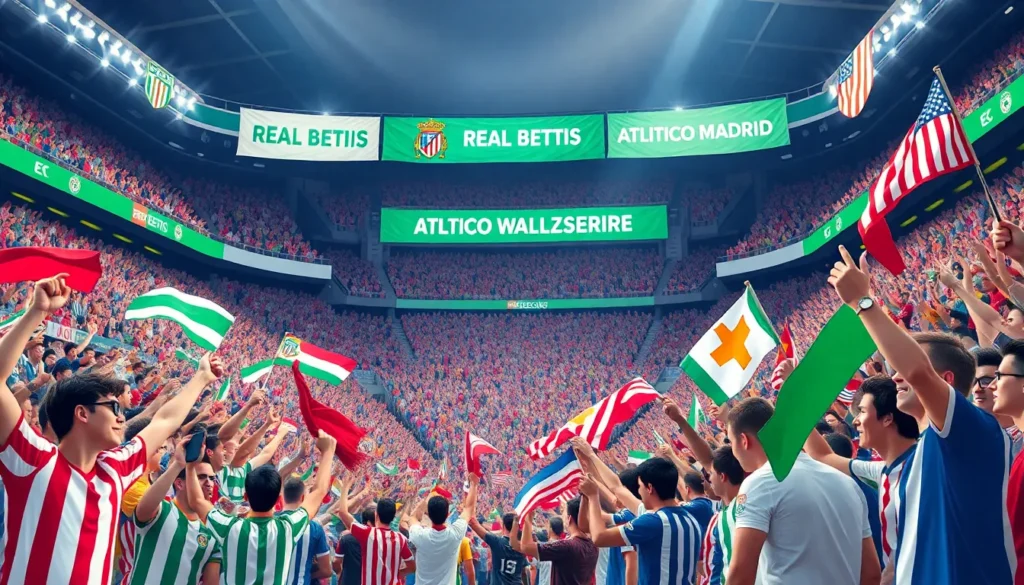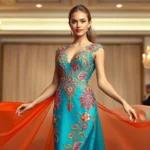Fashion isn’t just about clothes; it’s an art form that tells a story. In a world where first impressions matter more than ever, detailed fashion takes center stage, transforming everyday outfits into statements of individuality. Whether it’s that perfectly tailored blazer or the quirky accessories that make heads turn, every element counts.
But let’s face it—navigating the intricate world of fashion can feel like trying to assemble IKEA furniture without the instructions. Fear not! This guide dives deep into the nuances of detailed fashion, helping anyone elevate their style game. With a sprinkle of humor and a dash of expertise, it’s time to unleash the fashionista within and dress like the runway is your personal catwalk.
Table of Contents
ToggleOverview of Detailed Fashion
Detailed fashion represents the intersection of artistry and personal expression. Tailored blazers exemplify how structure and fit can elevate an outfit. Unique accessories, such as statement necklaces or intricately designed bags, often serve as focal points that catch the eye.
Attention to detail defines this genre, where every component contributes to an individual’s unique style. Fabrics matter; luxurious materials like silk or cashmere add sophistication to everyday wear. Patterns also play a role; they can express moods or align with seasonal trends, keeping wardrobes fresh and engaging.
Incorporating layers can showcase personality. A lightweight scarf paired with a structured coat can provide warmth while enhancing visual interest. Selecting shoes thoughtfully ensures comfort and style align, showcasing individuality while navigating various occasions.
Bold colors often make a strong impression, while muted tones can convey elegance and refinement. Combining textures creates depth; for instance, pairing leather with soft cotton can enhance an overall look. An eye for these details significantly boosts appearance and confidence, making a powerful statement.
Fashion enthusiasts seek inspiration from runway shows or social media influencers. Therefore, observing how they utilize detailed fashion elements can provide valuable insights into current trends. By prioritizing a meticulous approach to clothing and accessories, individuals can create harmonious outfits that reflect their distinct personalities.
Key Elements of Detailed Fashion
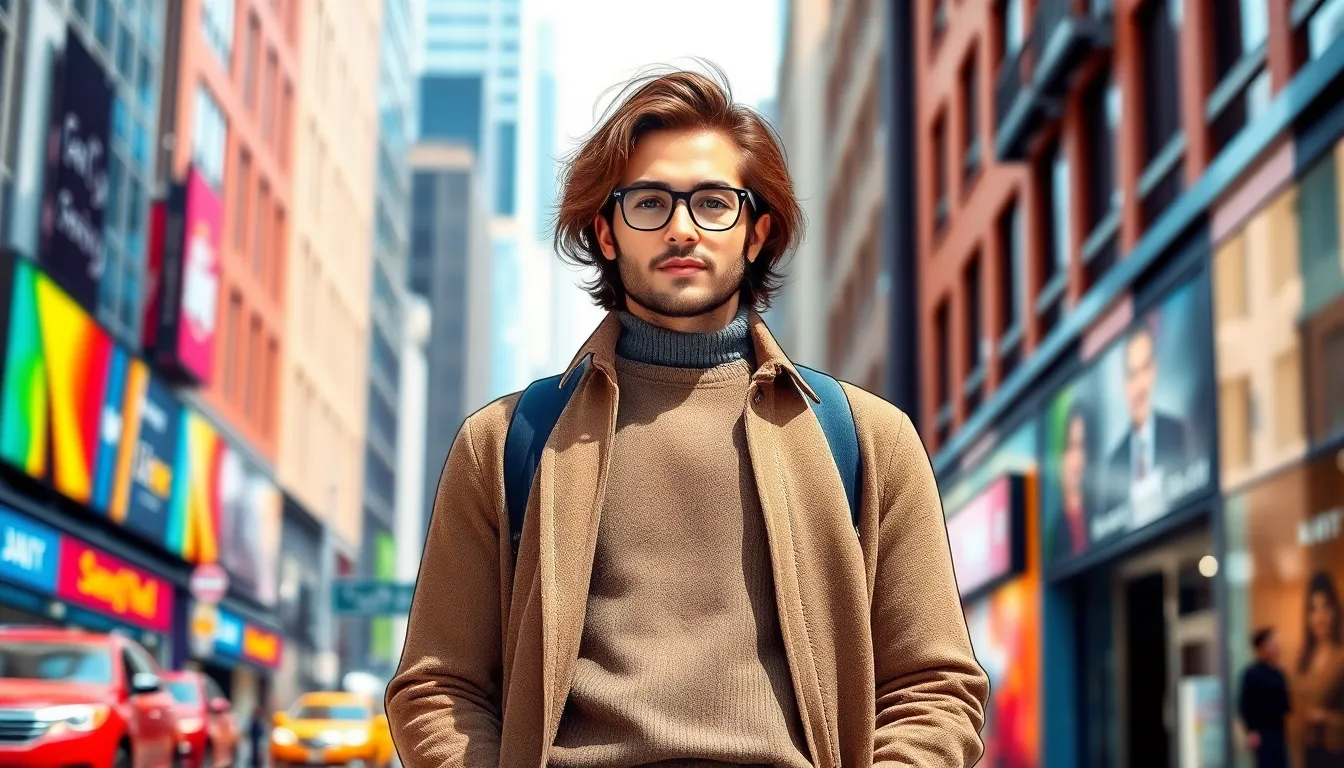
Detailed fashion embodies a unique blend of elements that transform personal style into a work of art. The careful selection of materials and colors plays a vital role in this process.
Fabric and Texture
Texture influences the visual and tactile aspects of fashion. Natural fibers such as cotton and silk offer breathability, while synthetic options like polyester provide durability. Layering different fabrics creates depth in an outfit. For example, pairing a soft cashmere sweater with a structured cotton shirt adds visual interest. Opting for unique textures also enhances personal expression. Velvet, linen, and leather can each serve distinct moods, contributing to an overall aesthetic.
Color and Pattern
Colors evoke emotions and set a tone for any outfit. Bold hues like red or deep blue command attention, while pastel shades create a soft, inviting appearance. The combination of colors can either complement or contrast, enhancing visual appeal. Patterns can identify style, with florals suggesting elegance and stripes exuding sophistication. Wearing patterns in moderation allows for versatility, enabling personal preferences to shine through. Balancing colors and patterns strategically fosters a cohesive look that reflects personality.
Historical Context of Detailed Fashion
Detailed fashion has roots that trace back centuries, evolving alongside cultural shifts and technological advancements. The journey reveals how individual style transformed, reflecting societal attitudes and influences.
Evolution Through the Decades
Fashion progressed significantly from the 1920s to the 2020s. The 1920s introduced flapper dresses, emphasizing freedom and exuberance. In the 1960s, bold prints and designs mirrored the era’s counterculture. The 1980s showcased power suits, reinforcing gender roles in the workplace. Entering the 2000s, minimalism gained popularity, focusing on clean lines and neutral tones. Currently, sustainability drives trends, inspiring eco-friendly materials and practices in fashion choices.
Influential Designers and Trends
Influential designers shaped detailed fashion across decades. Coco Chanel revolutionized women’s fashion with her emphasis on comfort and elegance. Yves Saint Laurent introduced the tuxedo jacket for women, blending masculine and feminine styles. More recently, designers like Alexander McQueen pushed boundaries with dramatic silhouettes and intricate detailing. Trends often reflect a designer’s vision, illustrating how individual creativity influences the collective fashion landscape. Each designer contributes unique flair, forging paths that redefine how society views style and expression.
Impact of Detailed Fashion on Contemporary Style
Detailed fashion shapes contemporary style by blending personal expression with current trends. Elements such as textures, colors, and silhouettes reflect individuality while maintaining a modern aesthetic.
Celebrity Influence
Celebrities significantly impact fashion choices, often serving as inspiration for fans and followers. Designers frequently collaborate with high-profile figures to showcase innovative styles on red carpets and social media platforms. Fashion trends frequently gain traction when prominent personalities embrace them, leading to widespread popularity. Events like award shows highlight the influence of celebrity outfits, prompting immediate interest in similar styles and brands. Iconic figures, such as Rihanna and Zendaya, continue to redefine beauty standards and fashion conventions, thus driving trends.
Social Media and Fashion Trends
Social media platforms significantly influence contemporary fashion trends, providing instant access to diverse styles. Users frequently look to Instagram and TikTok for style inspiration, discovering new outfits and brands. Influencers curate their feeds to reflect personal aesthetics, which resonates with their audience, and encourages followers to adopt similar trends. Hashtags like #OOTD (Outfit of the Day) showcase individual fashion choices, creating a vibrant community around style. Rapid sharing of looks ensures that fresh ideas circulate quickly, making social media a vital platform for setting and evolving fashion norms.
Conclusion
Detailed fashion serves as a powerful medium for self-expression and creativity. By carefully selecting fabrics colors and accessories individuals can craft looks that resonate with their unique identities. This meticulous approach not only enhances personal style but also fosters confidence in everyday choices.
As fashion continues to evolve influenced by cultural shifts and technological advancements the importance of detail remains constant. Embracing this art form allows individuals to make bold statements while navigating the complexities of modern trends. With inspiration readily available from various sources individuals are encouraged to explore their style journey and celebrate their individuality through fashion.

